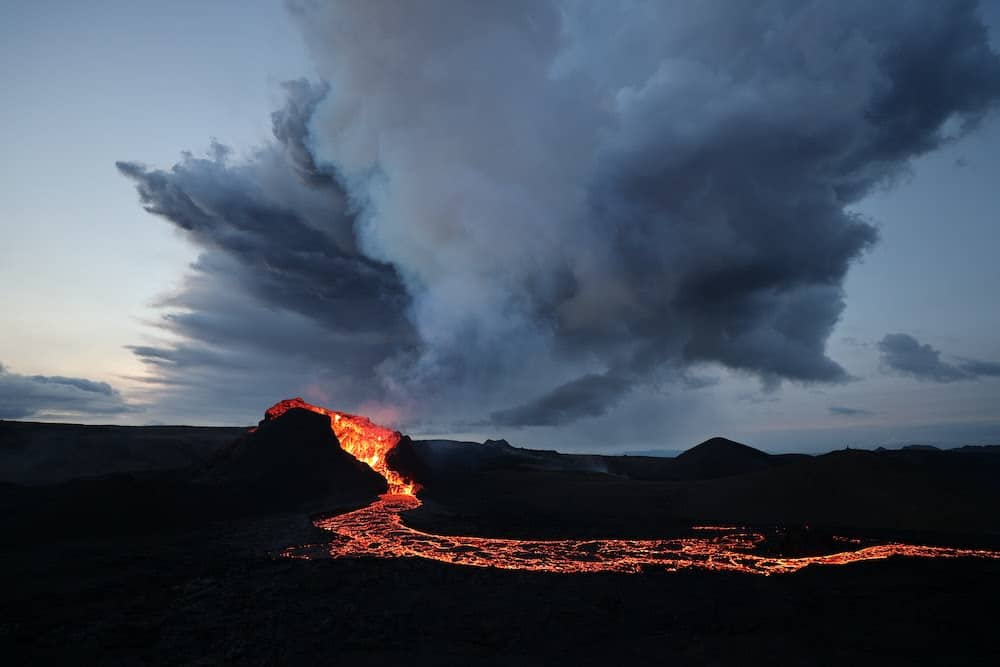
The fall of the Western Roman Empire in the fifth century gave way to the Eastern Roman Empire, which dominated the world, but suffered setbacks due to natural disasters in the years 536, 540, 541, 543 and 547.
In 536, the world suffered an exceptional meteorological upheaval due to a volcanic eruption in Iceland, which threw the world into disarming disarray, with snowfalls in China in the middle of July, uninterrupted fog in every country on the planet for two years, and the world living under clouds of ash. Winters were terrible, with temperatures of -30 in France and widespread famine as all crops were destroyed.
And there’s more to come, as mankind suffers two more massive eruptions in 540 and 547. An epidemic of bubonic plague struck the Mediterranean between 541 and 543, killing some 100 million people.
The Eastern Roman Empire, proud of its empire and its capital, Constantinople, was never to recover, losing influence and territory little by little, before finally disappearing in 1204, to be replaced by the Ottoman Empire.





